How to operate a portable generator safely
Use the correct size generator and run it safely.
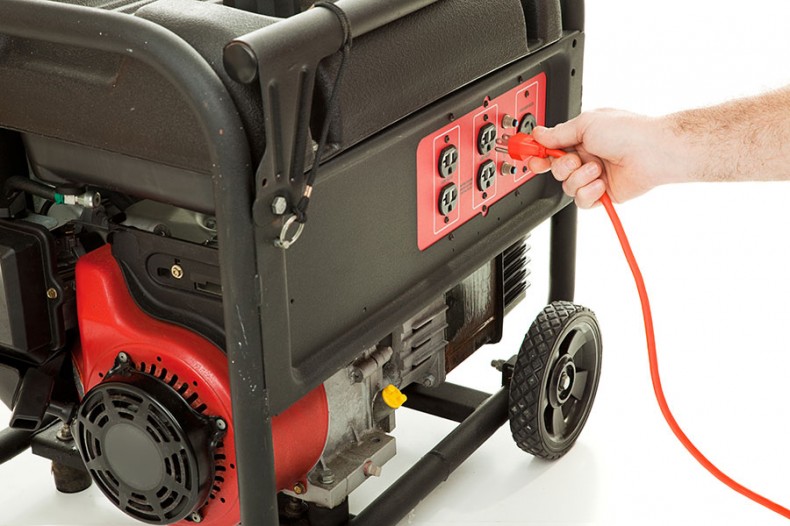
You can use a portable generator to supply electricity to your appliances if an emergency exists during a power outage. But if used improperly it can kill you and the people who are restoring power to your building. A generator also can damage the appliances you connect.
Home emergency generators are usually powered by gasoline, which itself is dangerous and must be properly handled outdoors.
Generator sizes vary. Units capable of handling from 3,000 to 6,000 watts (including starting surge requirements) can power multiple "survival" appliances such as a refrigerator, sump pump and furnace fan. Units putting out 7,000 to 9,000 watts can power a few rooms (not including a central air conditioner). The bigger generators for 10,000 watts or more can power a small house.
Before connecting the generator to your household circuit, notify your electric cooperative.
WARNING:
If you connect a portable electric generator to the main electrical supply coming into the house, the electrical generator could feed back into your electric cooperative's system and electrocute workers who are repairing the electrical lines.
To avoid back-feeding of electricity into utility systems, you must have a qualified, licensed electrician install a double-pole, double-throw transfer switch (see illustration) between the generator and utility power in compliance with all state and local electrical codes. (A minimum of 10-gauge wiring must be used.)
Your generator might not be large enough to handle the load of all the lights, appliances, TV, etc., at one time. To prevent dangerous overloading, refer to the owner's manual and calculate wattage requirements correctly.
Use the right size generator
To determine the size you'll need, make a list of appliances you want to run in the event of an outage. Find both starting and running wattage requirements on appliance nameplates or in owner's manuals; then add them up to determine the total wattage. Although the starting wattage will last for only a few seconds, the generator must be able to meet it to run safely. Once you have a total, scale the generator up a size or two to ensure safe, efficient operation.
Sources: North Carolina Association of Electric Cooperatives; National Rural Electric Cooperative Association
-
Information on power outages
-
Share this story:

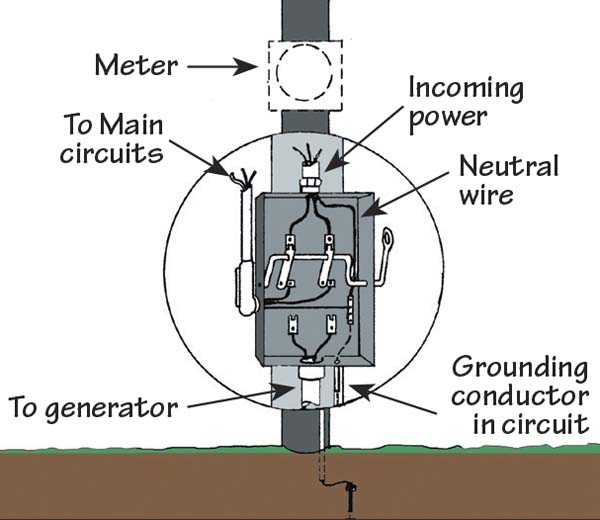
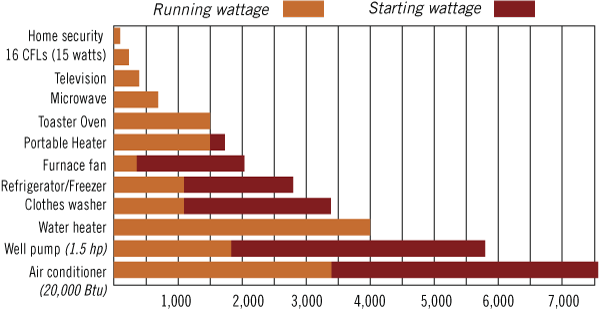
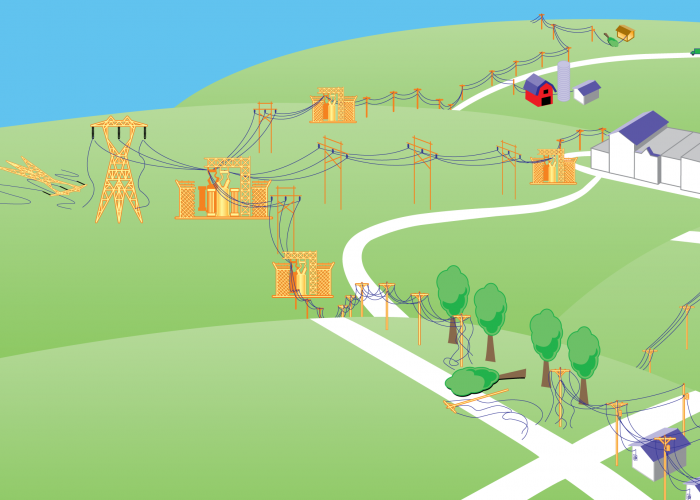
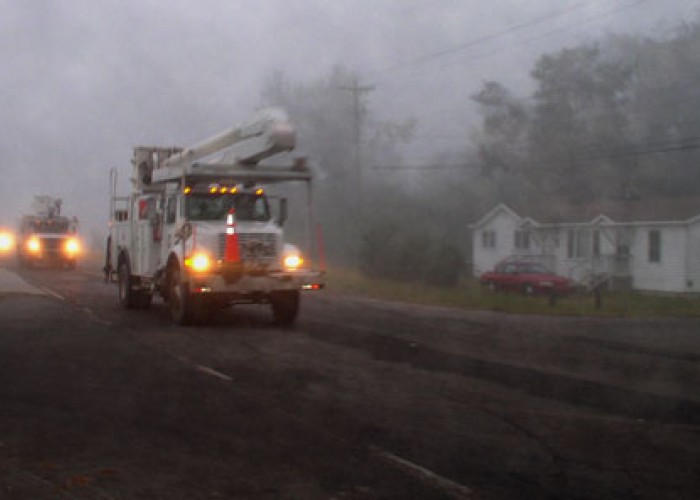


Comments (2)
Jane Ambrose |
June 28, 2017 |
reply
Florida Power Solution Inc. |
February 10, 2023 |
reply